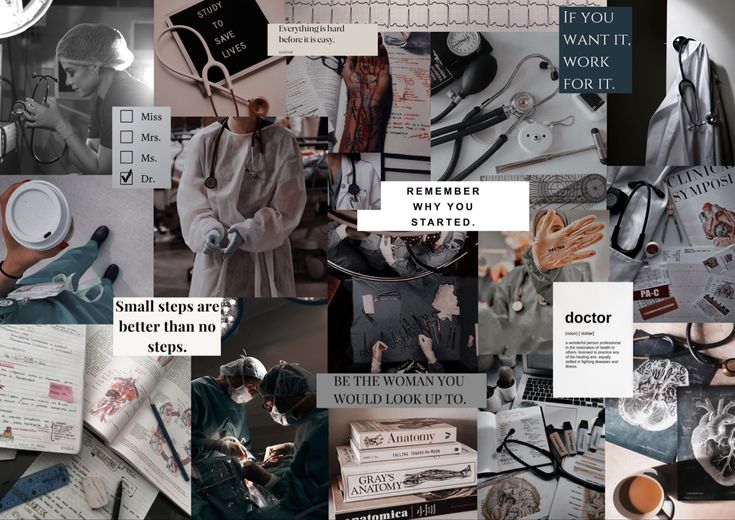Coordinated responses of the CVS - Gravity & Exercise
Cards (12)
- What is orthostasis and how does gravity affect blood distribution when a person stands up?
- What immediate effect does orthostasis have on venous return and preload?
- How does orthostasis affect arterial blood pressure initially?
- What is the compensatory response to the drop in arterial pressure during orthostasis?
- How does venous pressure in the lower limbs change with standing?
- Why does cerebral perfusion risk being compromised during orthostasis?
- How long does it typically take for the CVS to stabilize after standing up?
- How does gravity affect central venous filling upon standing?
- What happens to cardiac output immediately after standing?
- What is the role of the skeletal muscle pump in postural changes?
